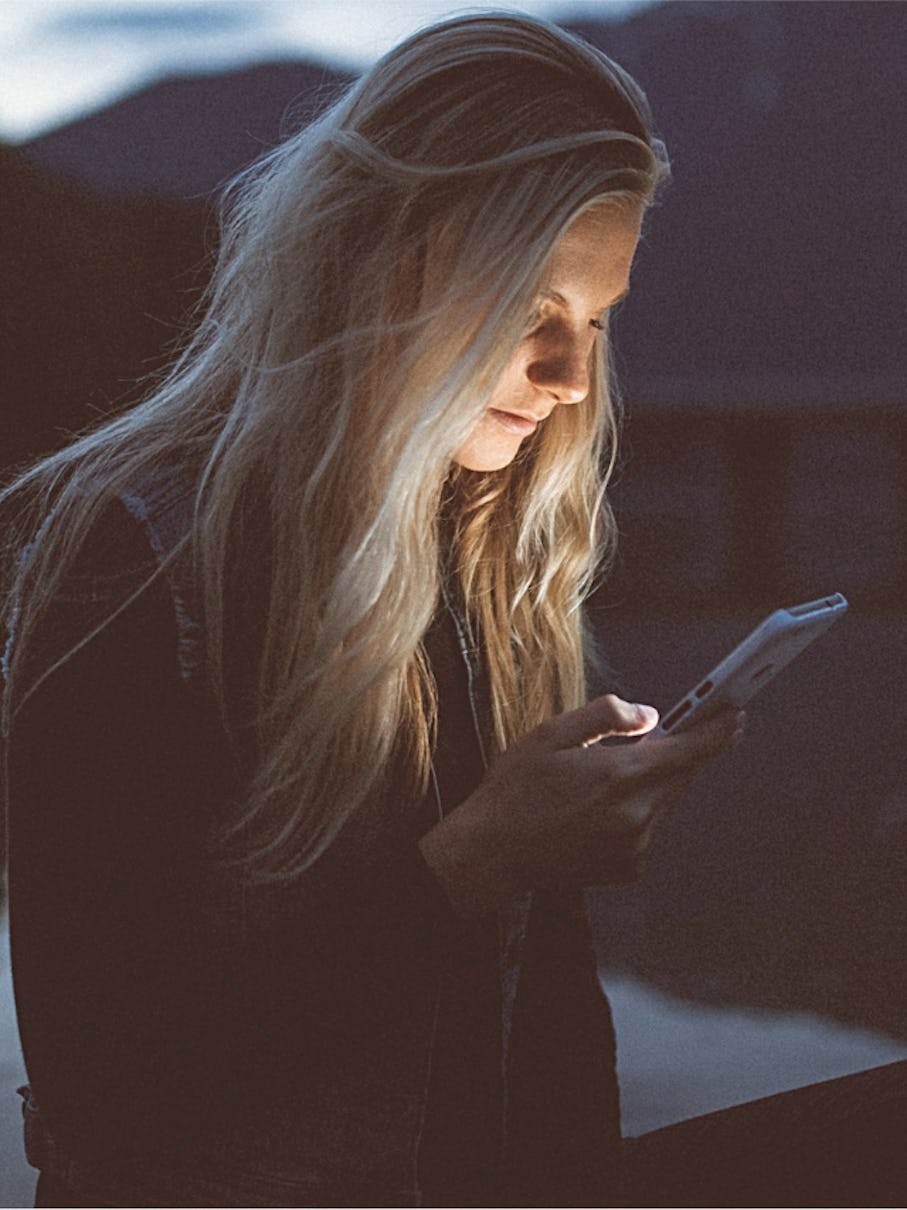
Screen Time - Tips for Healthier Eyes
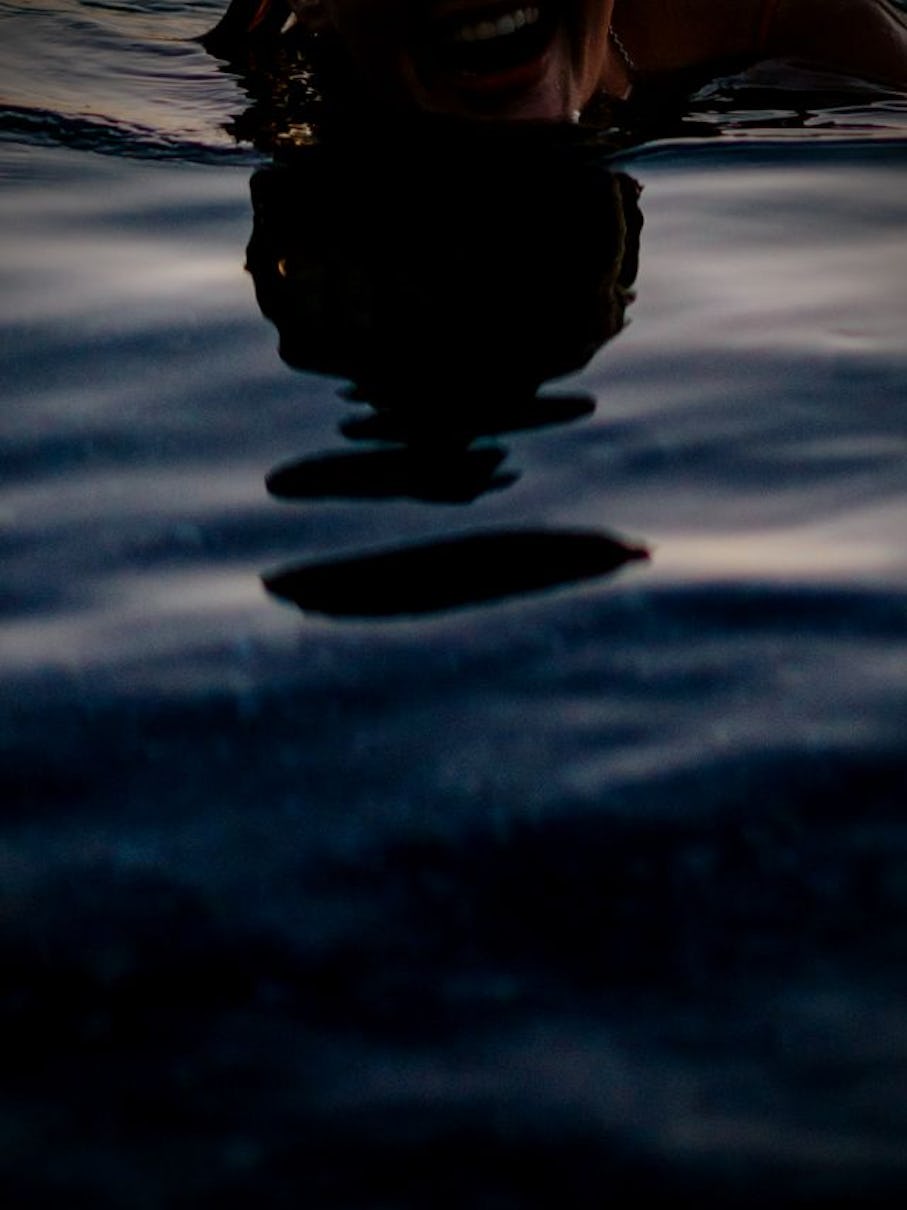
Night-time Dry Eyes - Causes & Solutions
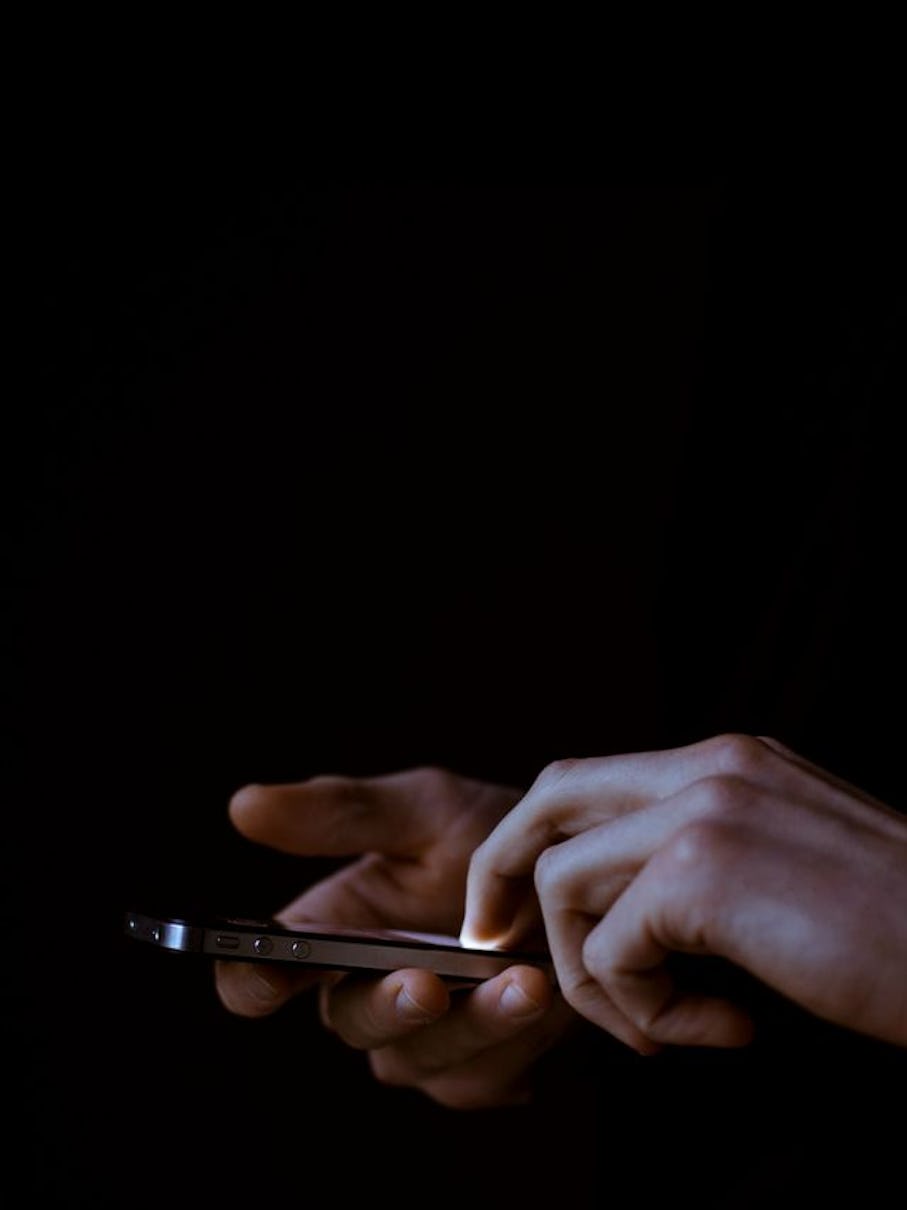
Managing Eye Strain From Screens
Blue light has become a buzzword in recent years due to increased exposure to electronic devices such as smartphones, tablets, laptops, and LED lights. This article aims to provide technical details on blue light and a balanced view of the potential effects on the eyes and body and ways to protect against it.
Blue light is part of the visible spectrum with a wavelength between 380 and 500 nanometres (nm). It is the shortest and highest-energy wavelength in the visible light spectrum, making it visible to the human eye. Blue light is naturally emitted by the sun and electronic devices (440-470 nm) and LED (450-490 nm).
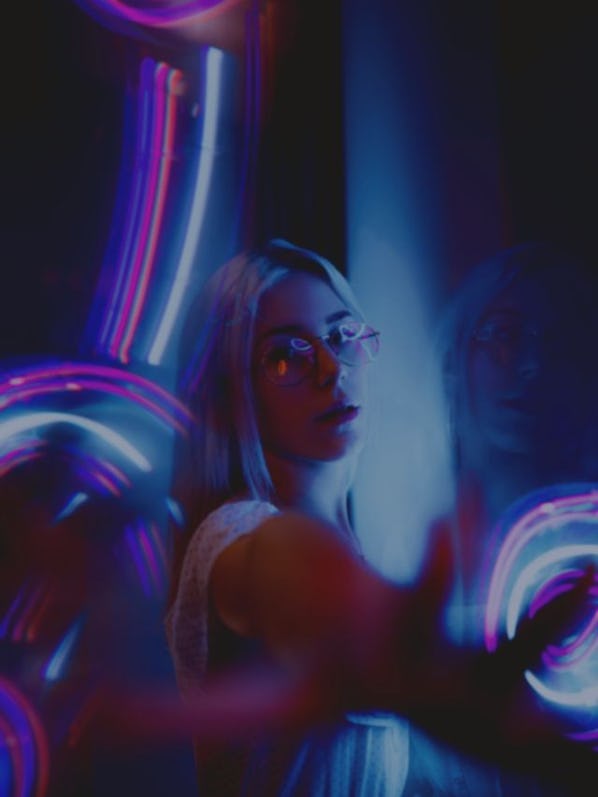
The human eye is equipped with specialised cells called retinal ganglion cells that are sensitive to blue light. Prolonged exposure to blue light can lead to digital eye strain, characterised by symptoms such as dryness, irritation, headaches, and blurred vision. Moreover, blue light exposure at night can disrupt the body's natural circadian rhythm by suppressing the production of melatonin, the hormone that regulates sleep-wake cycles.
Although blue light exposure from electronic devices is generally safe, it's unclear if the amount and duration of exposure can cause eye damage. Certain professions, like welders and miners, have a higher risk of blue light-induced eye damage than those with pre-existing eye conditions or taking certain medications.
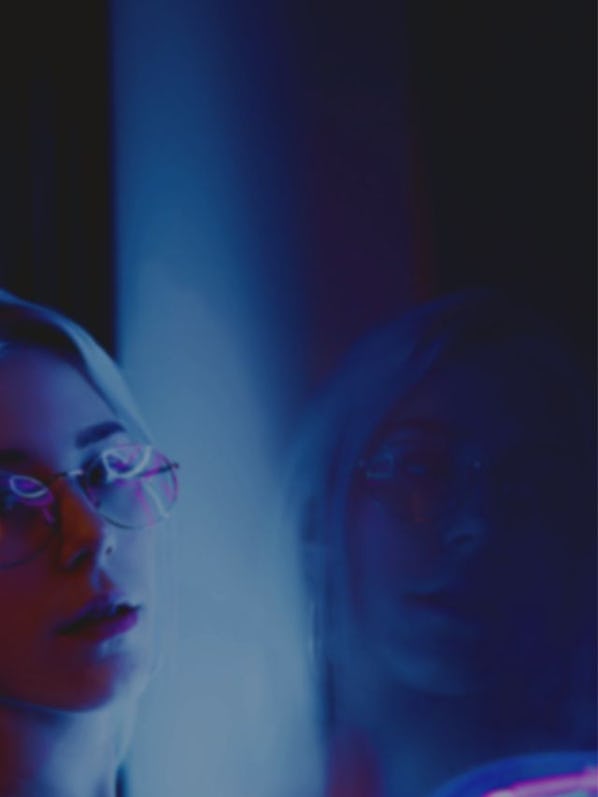
Blue light exposure during daytime hours stimulates the production of the hormone cortisol, promoting wakefulness and alertness. It also suppresses the release of melatonin, a hormone that signals the body to sleep. This helps maintain our internal sleep-wake cycle, known as the circadian rhythm, essential for optimal daily functioning.
Exposure to blue light has enhanced memory, attention, and overall cognitive performance by increasing brain activity in the prefrontal cortex and other areas. This effect is thought to be mediated by stimulating intrinsically photosensitive retinal ganglion cells (ipRGCs), particularly sensitive to blue light.
Daytime blue light exposure can elevate mood and help combat Seasonal Affective Disorder (SAD) by stimulating the production of serotonin, a neurotransmitter that regulates mood. This effect is particularly relevant during winter months when reduced sunlight exposure can lead to SAD in susceptible individuals.
Blue light plays a crucial role in the pupillary light reflex, a process by which the iris muscles contract or relax to adjust pupil size in response to changing light conditions. This ensures proper visual adaptation and prevents excessive light from entering the eye, which could cause glare and discomfort.
Blue light is vital to our colour perception due to the retina's short-wavelength-sensitive cone photoreceptors (S-cones). These S-cones are specifically tuned to detect blue light, allowing us to differentiate and accurately perceive colours across the visible spectrum.
During the day, exposure to blue light enhances mood, alertness, and cognitive function by stimulating the brain's retinal ganglion cells that communicate with the SCN to regulate the circadian rhythm. However, at night, exposure to blue light suppresses melatonin production. This hormone plays a crucial role in regulating the sleep-wake cycle, leading to difficulties in falling and staying asleep.
The blue light signal disrupts the circadian rhythm, causing the body to feel more alert at night and more tired during the day. Prolonged exposure to blue light at night has been shown to cause insomnia, sleep deprivation, and daytime fatigue. Additionally, studies have found that exposure to blue light at night can reduce the amount of deep sleep and REM sleep, the two most restorative stages of sleep, leading to decreased cognitive function and mood disturbances.
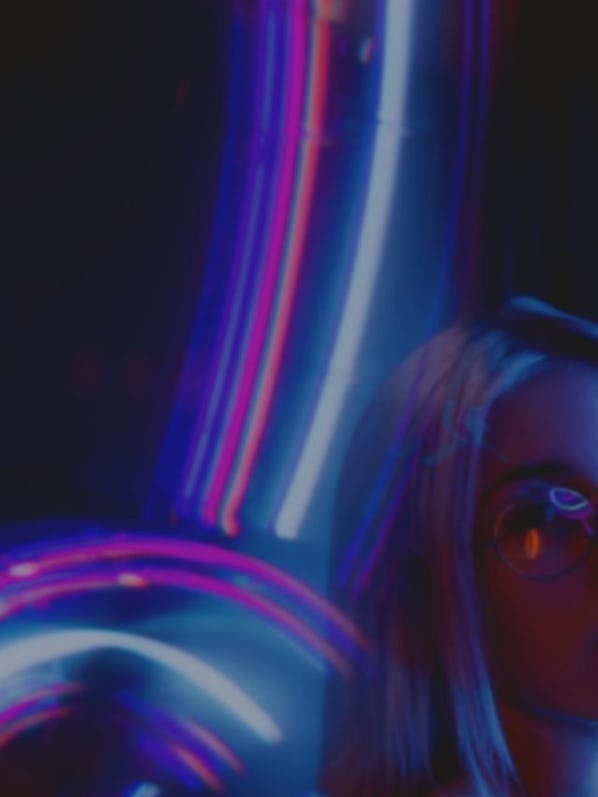
Prolonged exposure to blue light may cause headaches and migraines. A study conducted in 2010 demonstrated that blue light was more likely to trigger migraines in individuals who suffer from this type of headache than other types of light - though the exact mechanism is unclear, and more research is needed. It is believed that blue light-induced headaches may be related to the activation of the trigeminal nerve, which is responsible for pain sensation in the head and face. Additionally, blue light exposure may lead to changes in the levels of neurotransmitters in the brain, which can contribute to the onset of headaches.
If you experience frequent or severe headaches, it is important to seek medical attention. Additionally, it's crucial to understand that not all headaches are caused by blue light. Other factors, such as stress, dehydration, and poor posture, can also contribute to headache symptoms.
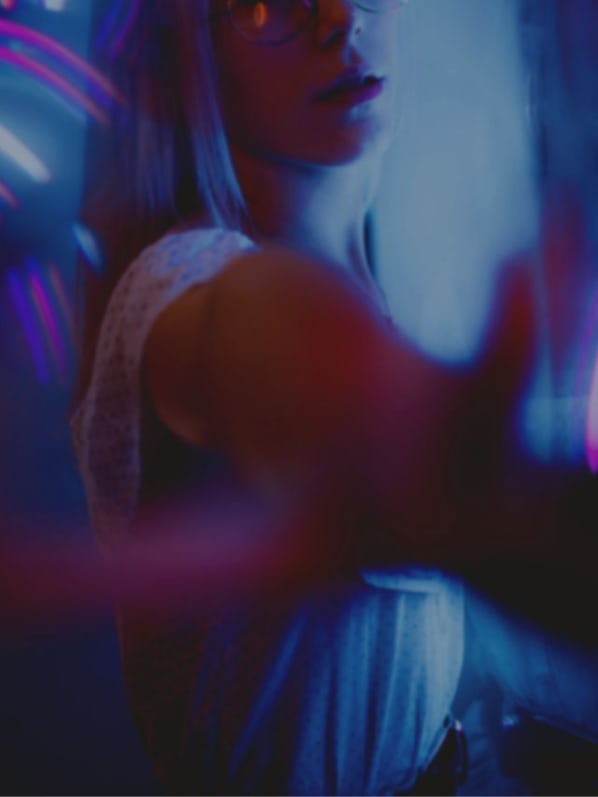
Macular degeneration is a progressive eye disease that affects the central part of the retina, leading to gradual loss of vision. The retina contains a pigment called lipofuscin, which accumulates over time and can be activated by blue light, producing free radicals that damage the retina. Studies suggest that long-term exposure to blue light may contribute to the development of macular degeneration.
However, it is important to note that other factors, such as age, genetics, and smoking, also contribute to the development of macular degeneration. Further research is needed to understand the relationship between blue light and macular degeneration.
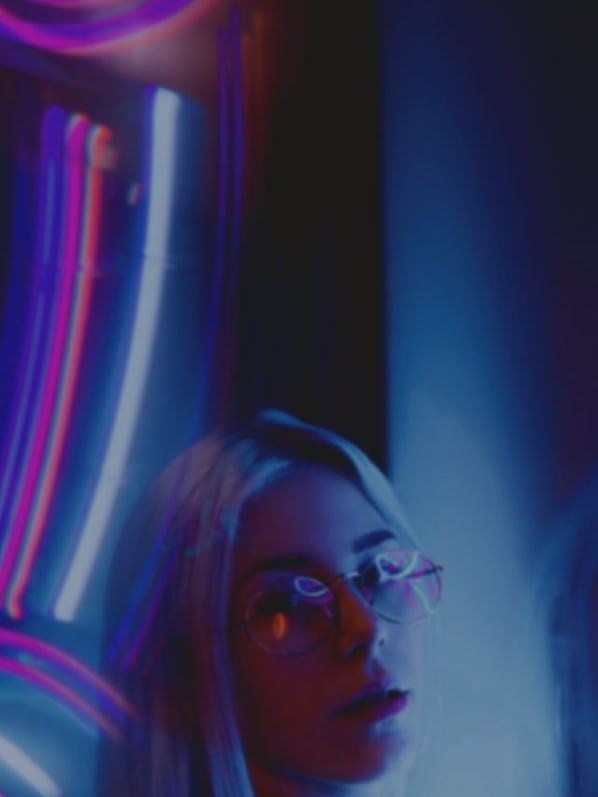
Some evidence suggests that blue light exposure may contribute to dry eyes, a condition in which the eyes do not produce enough tears to keep them moist and comfortable. One study found that exposure to blue light increased tear evaporation rates and reduced tear production, leading to dry eye symptoms.
It is important to note that other factors, such as age, medications, and medical conditions, can also contribute to the development of dry eyes. Reducing blue light exposure alone may not be sufficient to alleviate symptoms.

Blue light, with its shorter wavelengths and higher energy, can penetrate deeper into the skin than other types of light, including UV light.
As a result, it may contribute to skin damage, such as hyperpigmentation and premature ageing. When blue light penetrates the skin, it can create oxidative stress and inflammation, which can lead to the production of free radicals that damage skin cells and contribute to the breakdown of collagen and elastin, leading to the appearance of fine lines and wrinkles.
Several studies have shown that blue light MAY contribute to skin damage. Still, the exact mechanisms underlying this relationship are not yet fully understood - and further research is required.

Blue light glasses, also known as blue light blocking or filtering glasses, are a type of eyewear featuring lenses that are designed to either absorb or reflect high-energy visible (HEV) blue light (wavelengths 400 to 450 nm).
The lenses in Blue Light glasses use specialised filtering materials or coatings to reduce the amount of blue light that reaches our eyes. There are three primary methods used by these lenses:

Effectiveness varies based on technology and blue light blocked (10% to 90%+). Over-blocking can distort colour perception and is usually unnecessary.

Blue light glasses may relieve Digital Eye Strain (Computer Vision Syndrome), characterised by symptoms like eye fatigue, dryness, discomfort, and blurred vision. These symptoms are often caused by prolonged screen time, poor lighting, and improper viewing distances. Blue light glasses may help reduce eye strain by filtering out blue light. Still, it's also essential to address other factors, such as taking regular breaks, maintaining proper ergonomics, and adjusting screen brightness.
Blue light exposure, particularly in the evening, has been shown to suppress melatonin production, a hormone that regulates sleep. This can lead to difficulty falling asleep and poor sleep quality. Blue light glasses may help improve sleep by reducing evening blue light exposure. However, other strategies, such as limiting screen time before bed, maintaining a consistent sleep schedule, and creating a sleep-conducive environment, are also crucial for better sleep hygiene.
The long-term effects of blue light exposure on retinal health are not yet fully understood. While some studies suggest that excessive blue light exposure may contribute to the development of age-related macular degeneration, further research is needed to establish a direct causal link.
Blue light screen protectors, designed to reduce blue light exposure from digital screens, are an alternative to Blue Light glasses (see above). These screen protectors typically use a special coating or film to filter out a portion of blue light emitted by devices such as smartphones, tablets, and computers. The effectiveness varies depending on the specific technology used (detailed above) and the amount of blue light blocked .
Most screen protectors sold today cost less than $1 to manufacture (including the packaging).
The research on their effectiveness is still limited and inconclusive. It's important to consider other healthy screen time habits, such as regular breaks and proper screen ergonomics.
Position your screen to avoid glare from overhead lights or windows. Close the blinds on your windows or switch to lower-watt bulbs in your desk lamp. If you can’t change the lighting to minimise glare, buy a glare filter for your screen.
Maintaining a good posture while using computers can reduce neck, back, and eye strain. If you’re looking back and forth between a screen and reference materials, keep the materials where you can see them with minimal head movement. Avoid creating a setup where you’re swivelling your head, too.
For the best angle, the centre of the screen, tablet or phone should be 20 to 28 inches from your eyes and 4 to 5 inches below eye level.
Regular breaks and looking away from the screen can reduce eye strain and fatigue. Every 20 minutes, look away from your screen and focus on something 20 feet away for 20 seconds. This will give your eyes a chance to refocus. And after two hours of continual computer use, rest your eyes for 15 minutes.
Screen settings such as brightness, contrast, and text size can reduce eye strain and fatigue. The brightness of your screen should not be left at the default setting - but adjusted according to the brightness of the room that you’re in. See below for more details.
Eye Drops and Eye Sprays can help lubricate the eyes and reduce dryness and discomfort. Always use preservative-free - as this prevents long-term sensitivity.
People usually blink about 18 times a minute. But when they’re on digital screens, they blink at a quarter of this rate - about 6 times a minute. This increases the chance of developing dry eyes. To reduce this risk, blink more often and freshen your eyes periodically with lubricating eye drops or sprays.
Keep air vents or drafts from blowing into your face and drying out your eyes. Low humidity in a room can also dry eyes out faster than usual - try adding a humidifier. Dust, too, can irritate eyes and accumulate on your screen - decreasing the screen’s sharpness and may cause eye strain.
When choosing a digital device, consider factors such as screen size, text size, and screen brightness to ensure that you’re not causing unnecessary strain on your eyes. Also, it’s worth noting that some devices, such as e-readers, cause less strain on the eyes than others, such as smartphones and tablets.
Wearing special glasses or lenses designed for computer use MAY reduce eye strain and fatigue. The effectiveness of these products can vary widely - choose high-quality products that have been tested to effectively reduce blue light exposure. And more importantly, these products should not solely be relied upon to reduce exposure to blue light. We've listed effective strategies (in this list) to manage risks with blue light, Computer Vision Syndrome and Digital Eye Strain.
Consult an optometrist or ophthalmologist if your symptoms are persistent or worsen.
Blue light and UV light are two different types of light. UV light is part of the electromagnetic spectrum with shorter wavelengths and higher energy than blue light. UV light has a wavelength range between 100 to 400 nanometers (nm), while blue light has a wavelength range between 400 to 490 nm. The shorter wavelength and higher energy of UV light allow it to penetrate the skin and cause damage to cells, leading to sunburns and an increased risk of skin cancer.
In contrast, blue light can penetrate the eye and affect the circadian rhythm, but it does not penetrate the skin as deeply as UV light. While blue light and UV light have different properties, both types of light can have potential health effects and require proper management to protect against harmful exposure.
